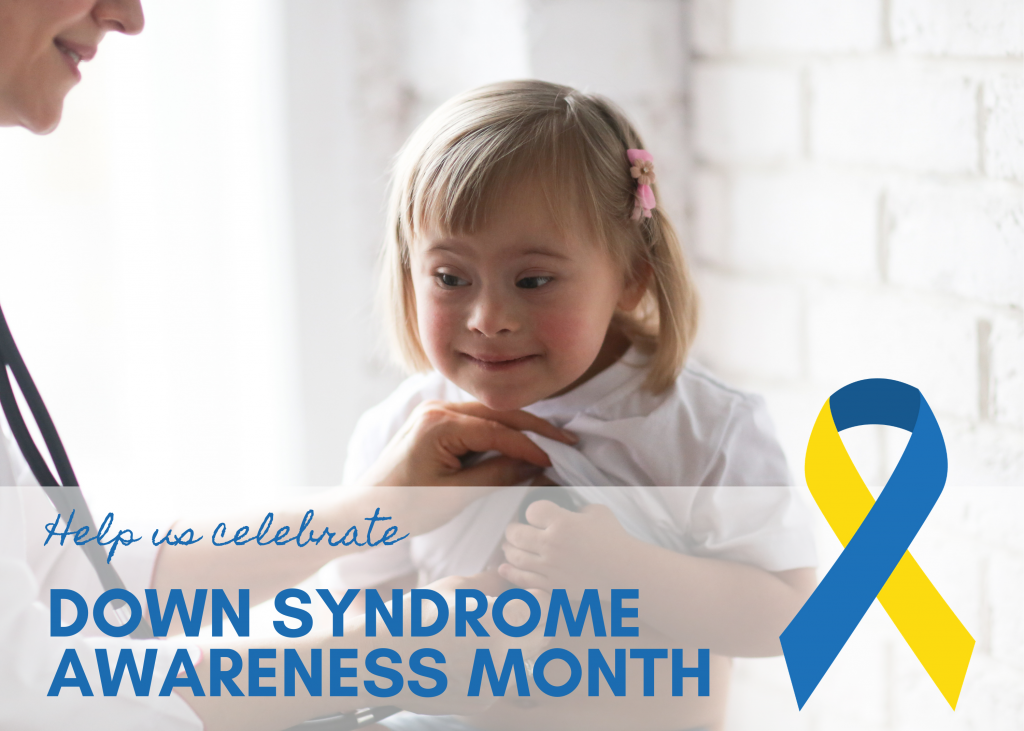
About Down Syndrome

History of Down Syndrome
Recent Advancements
As medical professionals begin to study Down Syndrome, more information becomes available regarding similarities within people living with the condition. For example, researchers are learning people with Down Syndrome are predisposed to certain medical conditions, such as congenital heart defects, sleep apnea, and an early onset of Alzheimer’s disease. More research is crucial to understanding the effects an extra 21st chromosome can have on the body.
How You Can Help
As you support people with Down Syndrome, here are some helpful tips for providing the best level of care that fosters independence, growth, and positivity.
Plan for transitions. People with Down Syndrome often struggle with everyday transitions and can greatly benefit from warnings and preparation. Prior to starting a new activity, remind those you support what to expect and when to expect it.
Stay positive! Remember people with Down Syndrome can, and do, complete just about any task they set their minds to! Work with those you support on meeting their goals, reminding them you believe in them.
“Nothing about me without me.” Never make a decision for someone you support without being sure to include them in the conversation. People with Down Syndrome want to be, and should be, included in making these decisions for their lives.
Some suggested ways of celebrating National Down Syndrome Awareness Month:
Make a donation to the National Down Syndrome Society (NDSS). Your generosity will support this organization as they work to enhance the quality of life for those living with Down Syndrome. Learn more about how donations are used here.
Share information on your social media page. Awareness is crucial for the Down Syndrome community! Share facts, Buddy Walk registration information, and photos with your friends.
Register for a Buddy Walk. The NDSS hosts Buddy Walks across the country with the goal of promoting understanding and acceptance. Many of these walks take place in October and are a great way to raise funds and awareness for a great cause. Click here to see a list of upcoming walks across the country.
Data received from: www.cdc.gov , www.ndss.org , www.kcdsg.org




